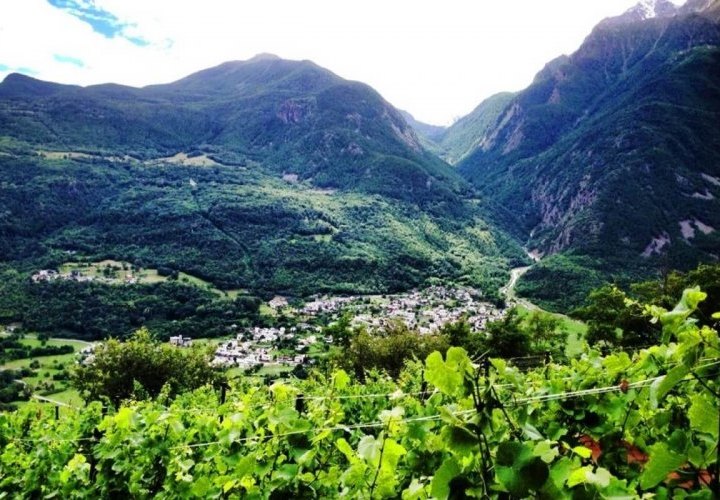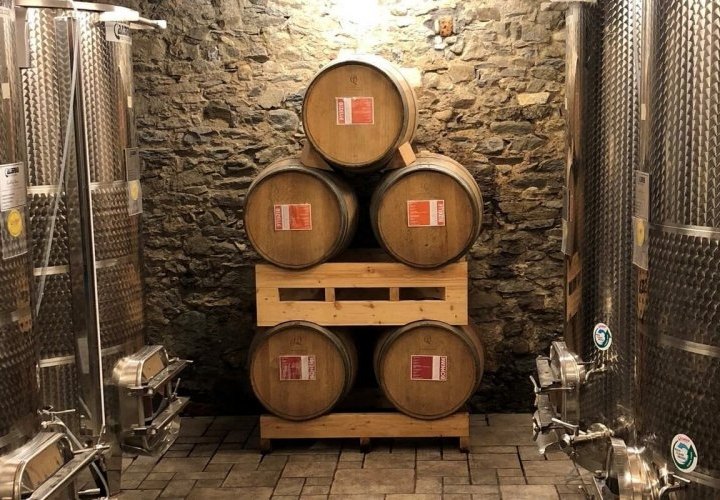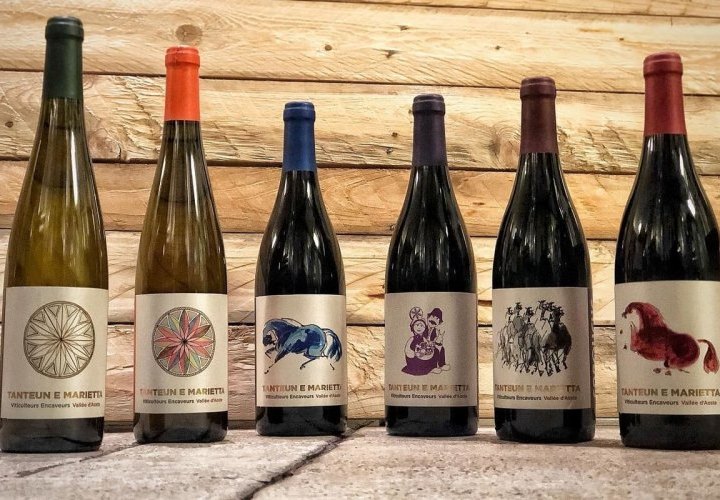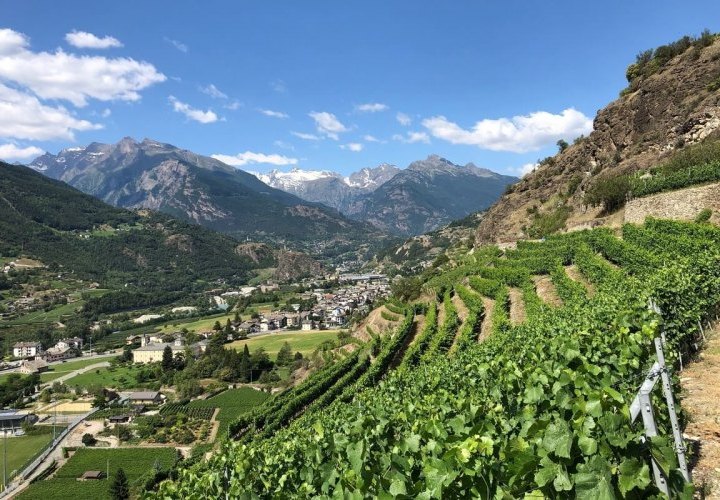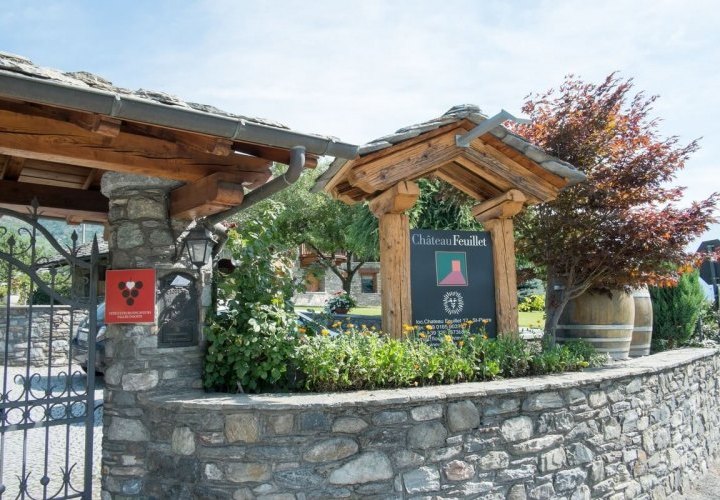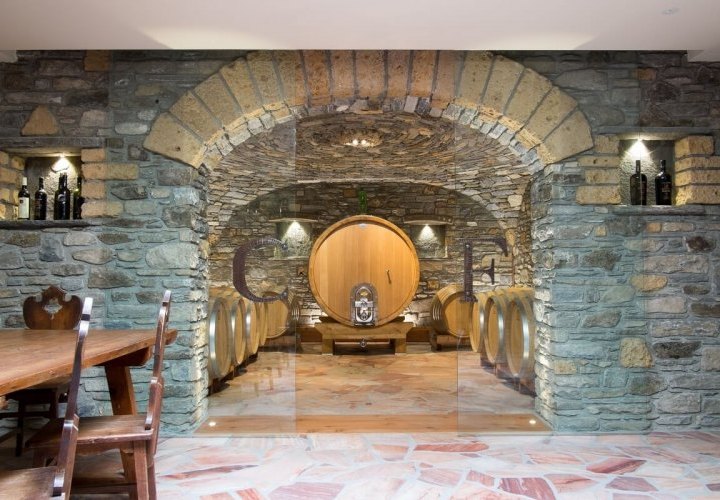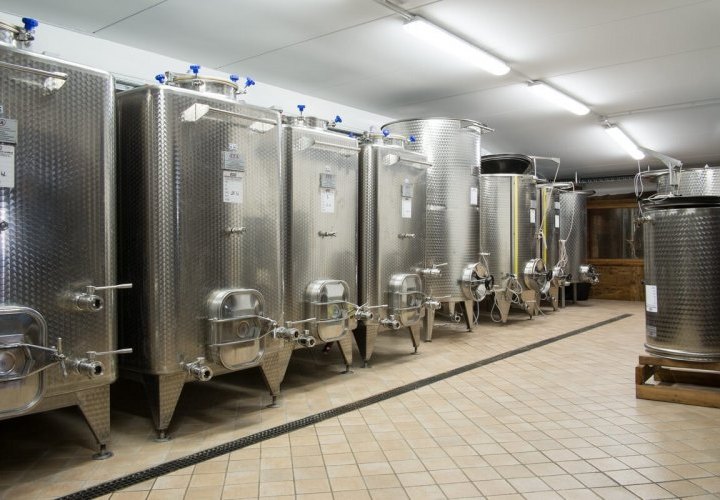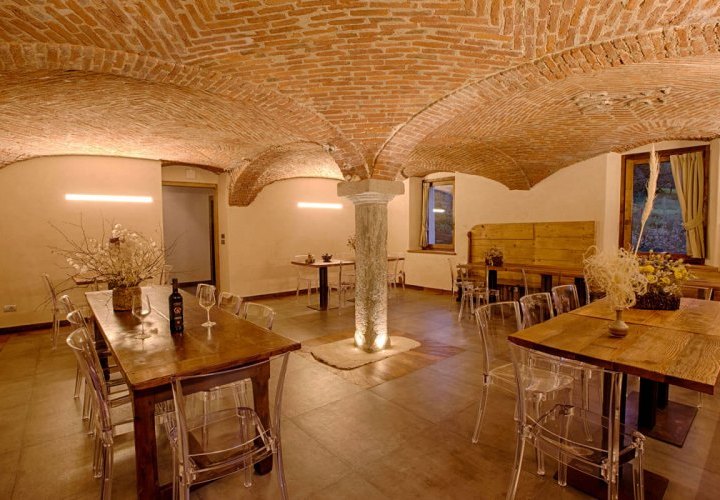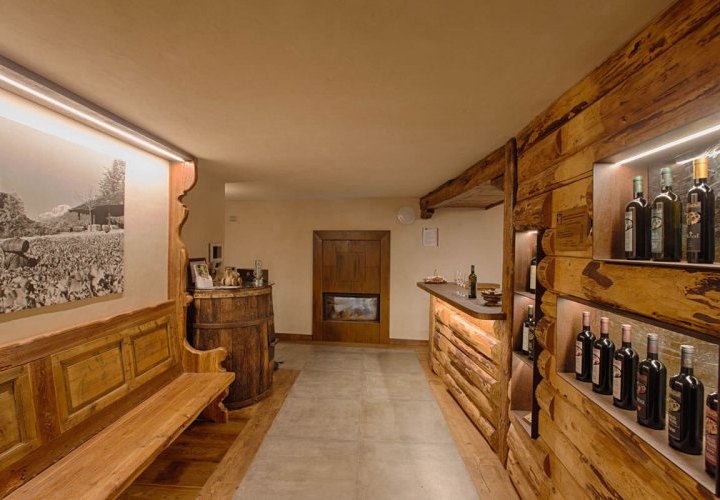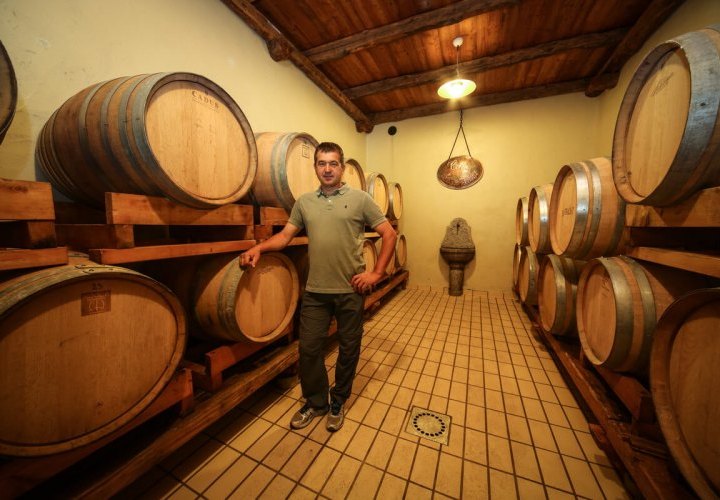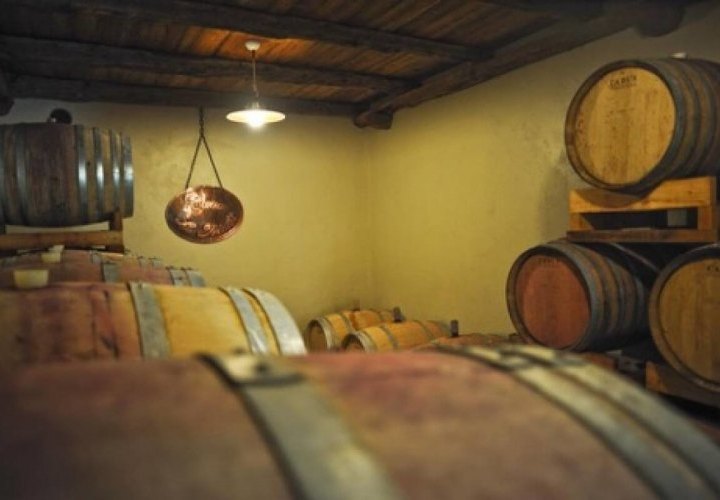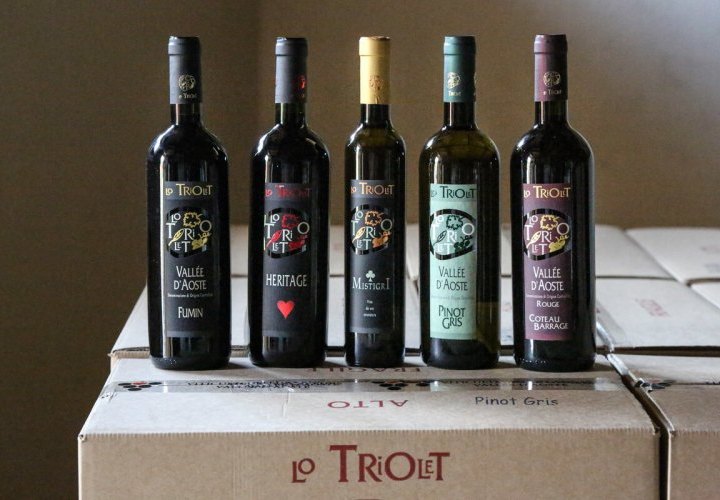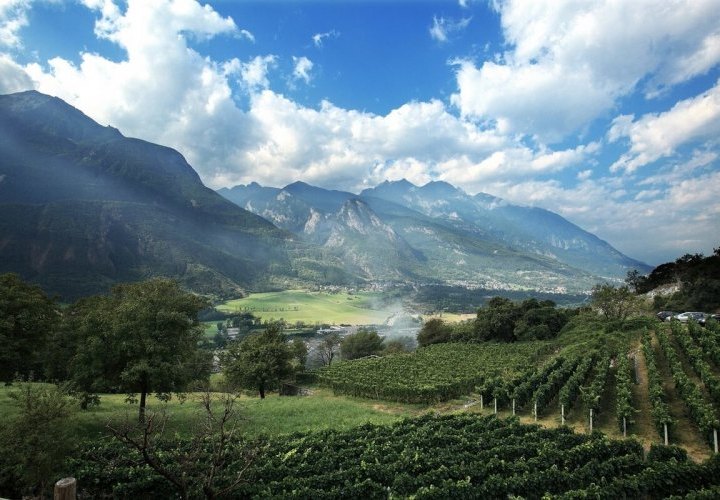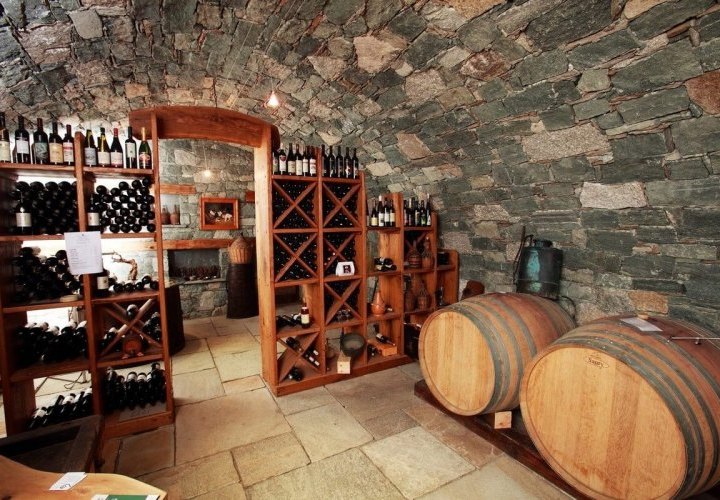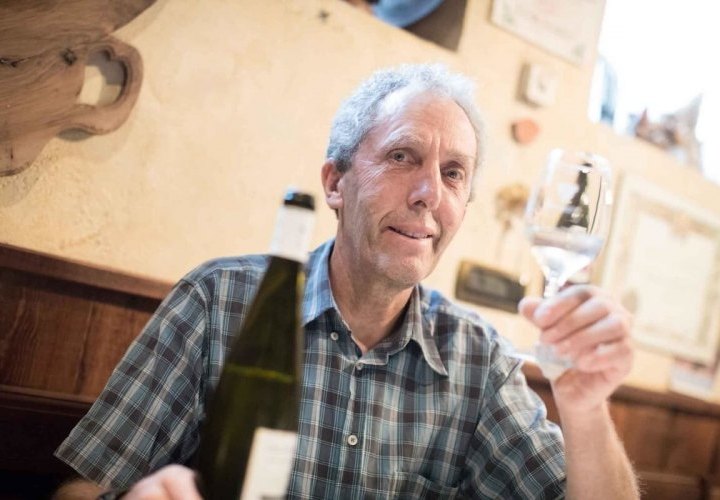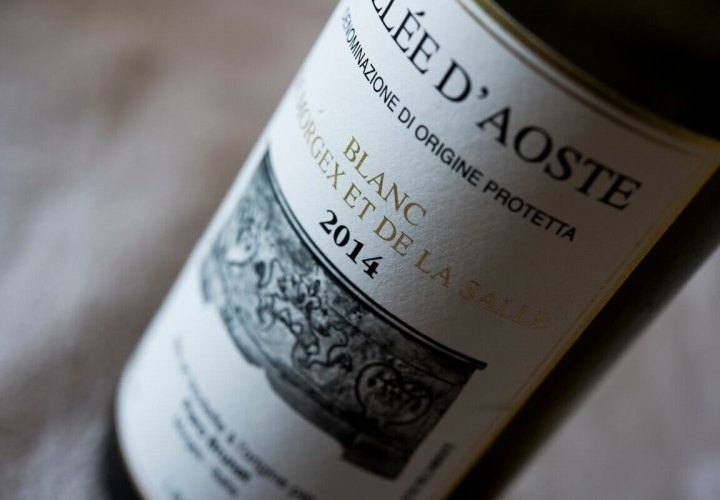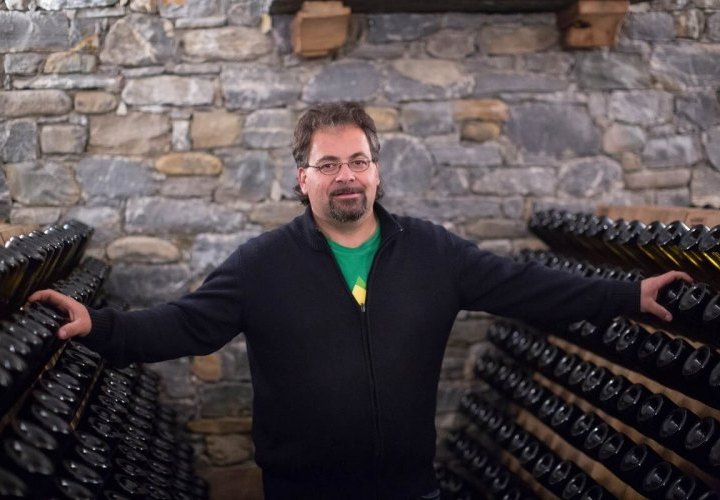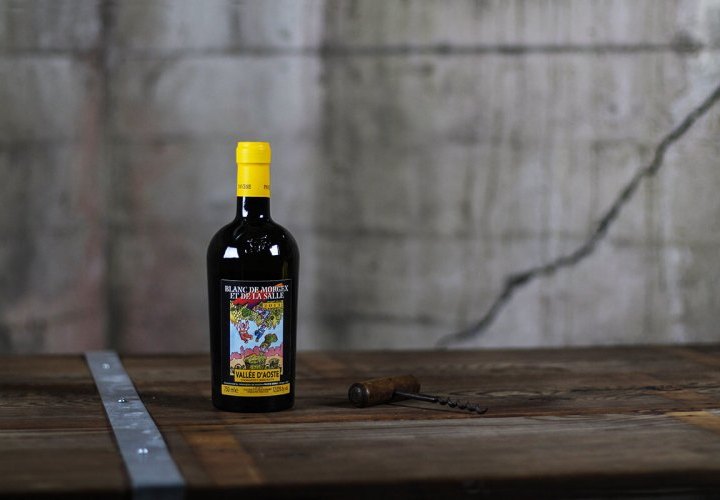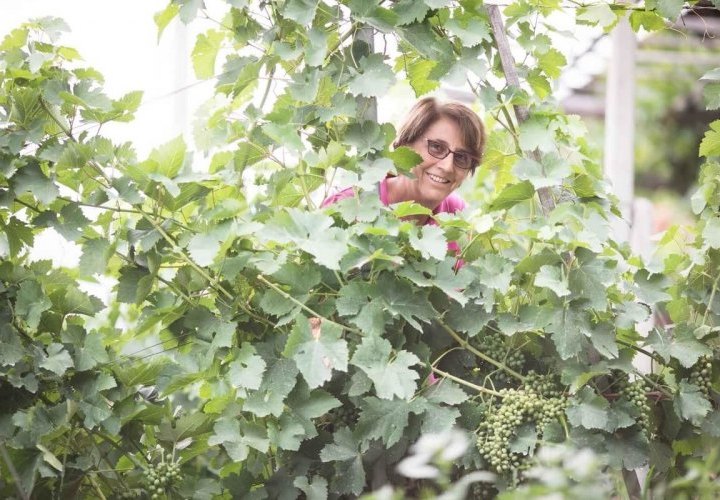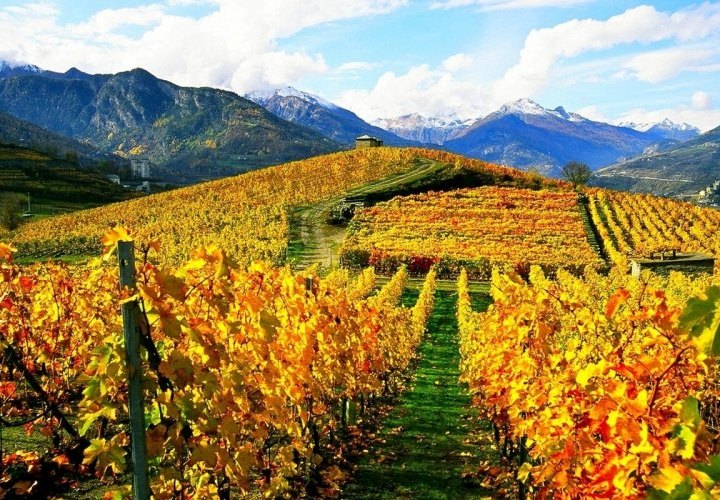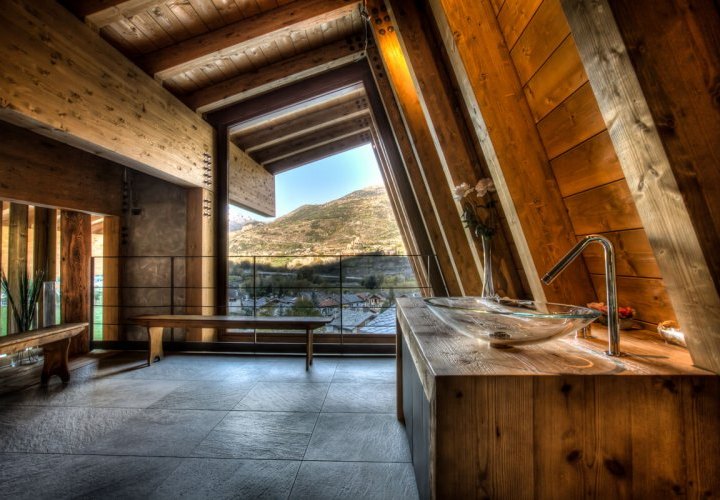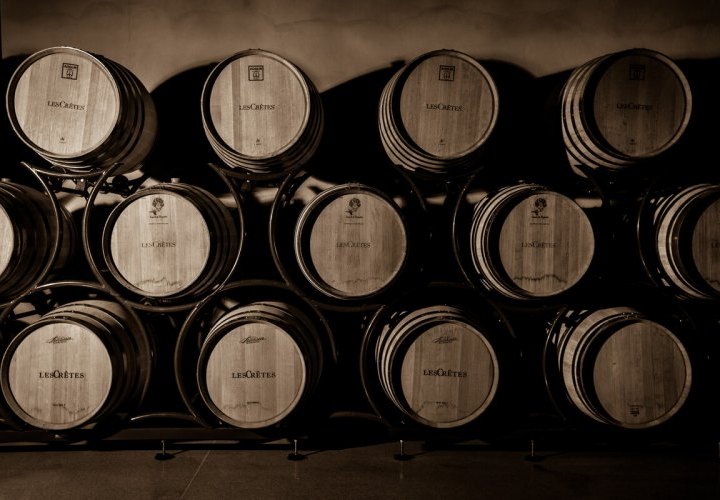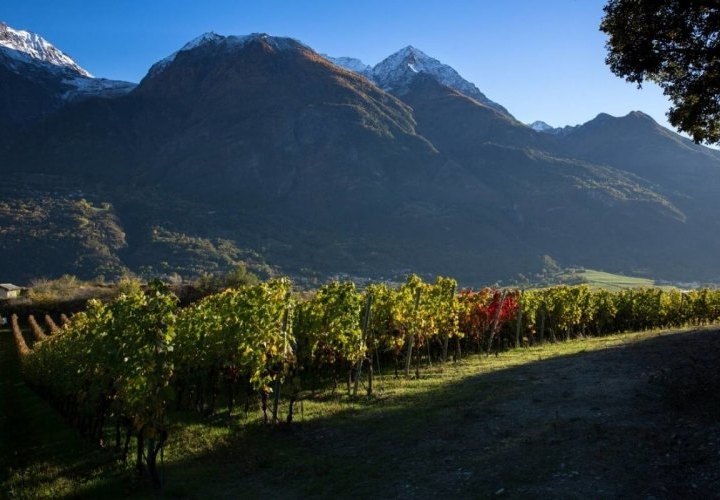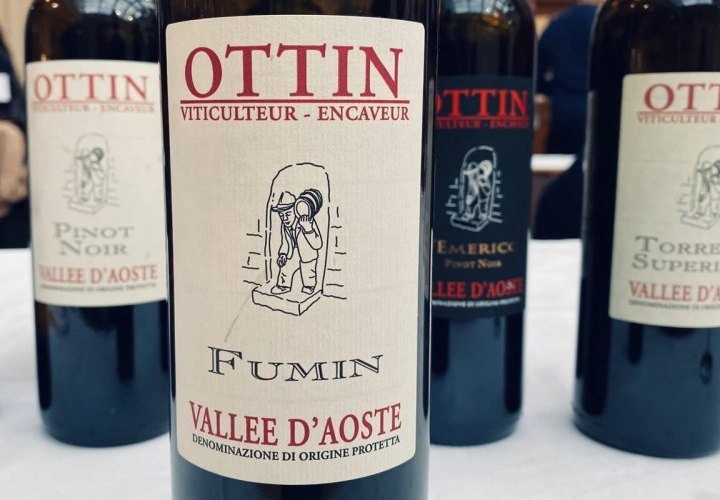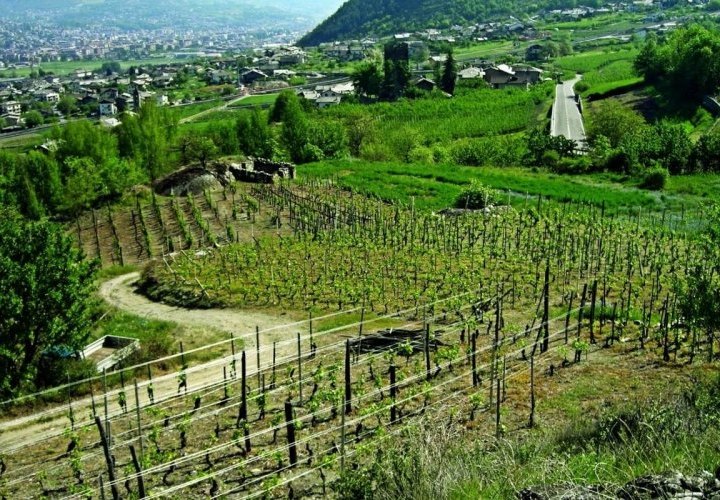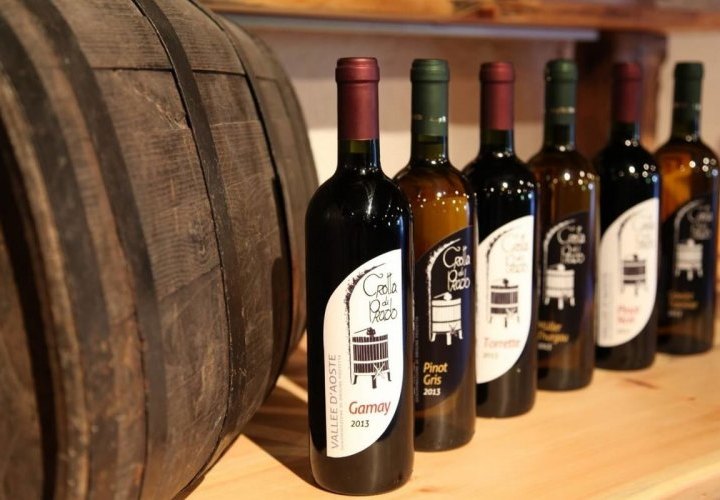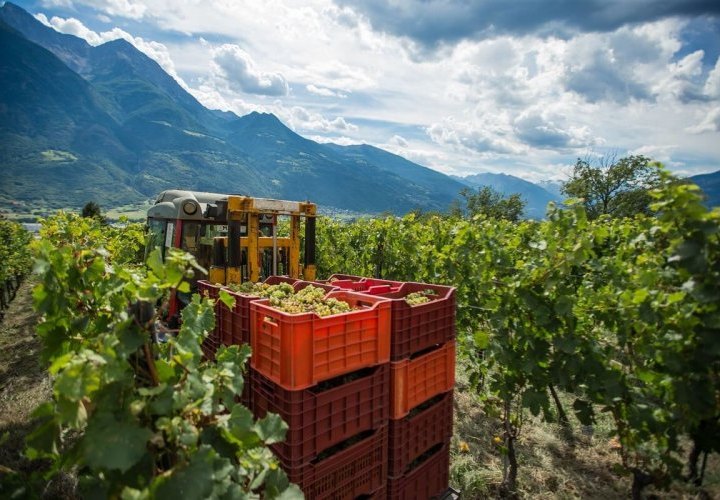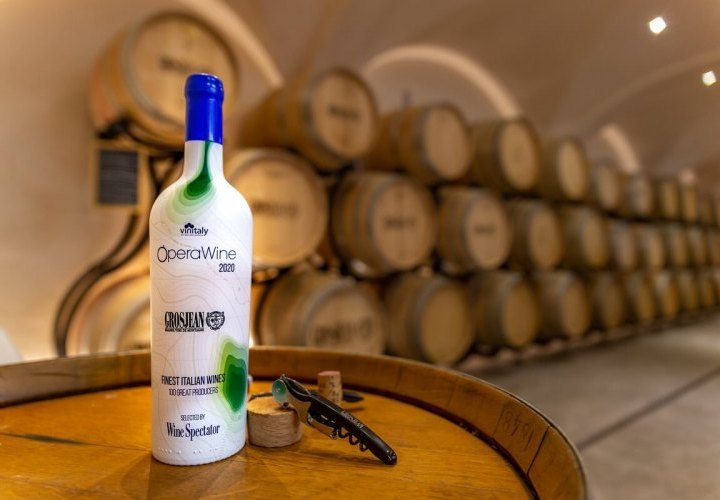Since 2012, the creators of the company Federico and Alessandra have been cultivating two hectares of vineyards and transforming the grapes into 10,000 bottles of white and red DOP (Protected Designation of Origin) wines such as: Vallée d’Aoste Muscat Petit Grain, La Tocca, Valle d’Aosta Pinot gris “Bizelle”, Valle d’Aosta Pinot noir “R.E.M.”, Valle d’Aosta Rouge “Farouche ”, Valle d’Aosta Rouge “Boheme ”, etc.
The winery is located on the edge of the Gran Paradiso National Park, in Introd commune, Junod frazione (ward), at the entrance to the Rhêmes and Valsavarenche Valleys. Its production has gone from the initial 1,000 to the current 60,000 bottles, thanks to the cultivation of vineyards located in various municipalities of Valle d’Aosta. The range of wines is quite vast including white DOP (Protected Designation of Origin) wines: Valle d’Aosta Pinot Gris, Valle d’Aosta Pinot Gris, Valle d’Aosta Gewürztraminer, Valle d’Aosta Muscat Petit Grain, Valle d’Aosta Petite Arvine and red DOP wines: Valle d’Aosta Gamay, Valle d’Aosta Nus, Valle d’Aosta Pinot Noir, Valle d’Aosta Rouge Coteau Barrage, Valle d’Aosta Fumin.
The vineyards, which are arranged in a natural amphitheatre overlooking the Avic and Emilius mountains, are almost entirely cultivated with indigenous vines such as Vuillermin, Petit Rouge, Cornalin and Fumin, with the exception of Pinot Noir.
A large area is covered by Muscat Petit Grain, used for the production of the historic Chambave Muscat, and for the award-winning Chambave Muscat Fletry, the company’s sweet wine. The facility also has rooms for tourists’ accommodation with breakfast service.
The area, which is planted with vines in traditional low pergola stone terraces, reaches 5,000 square metres. The winery produces the white Blanc de Morgex et de La Salle DOP (Protected Designation of Origin) wine. The abbot Alexandre Bougeat, who sold his lands to Piero, was born in Ayas in 1916, and after following his priestly vocation, he became the parish priest of Morgex in 1946. more
Ermes followed all the production steps that lead to the birth of the traditional Blanc de Morgex et de La Salle (DOP), classic method, aged in barrel and late harvest.Visits to the cave and the vineyards are available all year round, but booking is required. It is possible to enjoy a wine tasting or to combine the products of the Nathan Pavese farm.
The company also deals with the production of honey (dark and light wildflower honey, rhododendron honey) and the honey laboratory can be visited along with the winery and the vineyards.
In 2016, the Rifugio del Vino (Wine refuge) of Les Crêtes was founded. It is an emotional tasting room, next to the historic winery, to which it is structurally connected and its profile is reminiscent of the mountain massif, which becomes the symbol of Les Crêtes and distinguishes its brand. Under the large covered courtyard, there is a space for the production of wine and a wine shop.
The range of wines is quite vast including white DOP (Protected Designation of Origin) wines: Petite Arvine Valle d’ Aosta, more
Ottin wines are produced largely from indigenous vines, grown in areas naturally suited to viticulture, where the vine thrives with balance, in accordance with the environmentally friendly production techniques. Currently the company produces different types of wines, including the white DOP (Protected Designation of Origin) wine: Petite Arvine Valle d’Aosta and red DOP wines: Pinot Noir Valle d’Aosta, Torrette Supérieur Valle d’Aosta, Fumin Vallée d’Aosta. Other wines include the white wine Nuance (petite arvine) and the red wines L’Emerico (pinot noir). more
The company was founded in the mid-1980s and started with the production of 3,000 bottles of two types of table wine. In the early 1990s, they began to produce red DOP wines, and in the mid-2000s, the white vineyards were planted.
The types of wine produced are all certified protected designation of origin (DOP) including three red wines such as the Torrette (80% Petite Rouge vines plus another 20% indigenous vines such as Fumin, more
In 2011, by mutual agreement, the Grosjean family obtained the organic certification and the family business established itself at the top of the Valle d’Aosta mountain viticulture tradition. The hidden magic of a glass of wine and the possibility to take a walk along the rows of the best cru will let you know the real meaning of “Organic wine”. more

